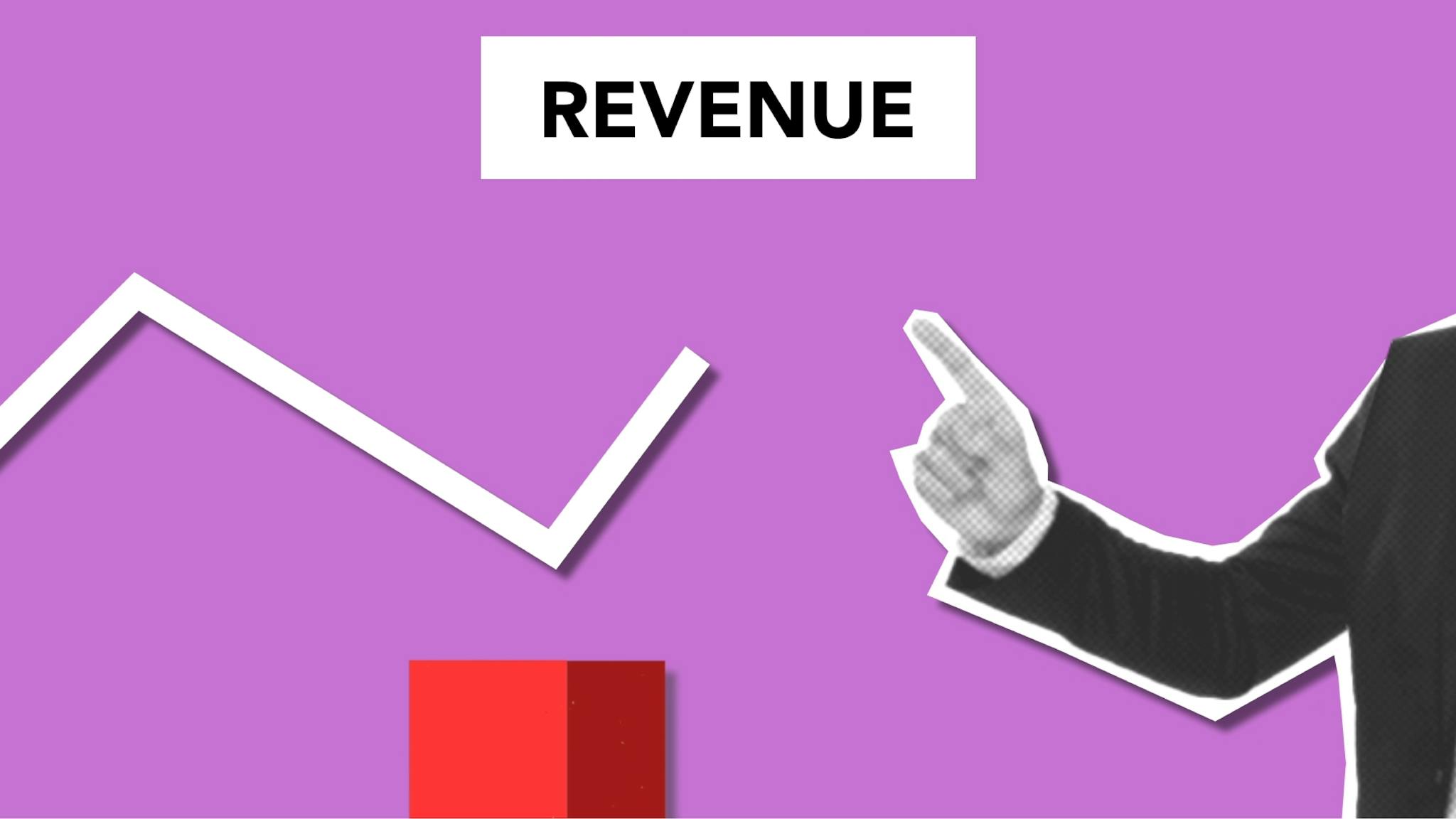EPF does not just give you retirement benefits, but it also promotes a disciplined habit of saving.

As individuals start on their professional journeys, the significance of financial security becomes increasingly evident. The Employee Provident Fund, a key component of the employment landscape, is a mighty financial instrument designed to provide employees with a secure foundation for their future. EPF has built-in benefits, like old age benefits, pensions, deposit-linked insurance, and much more. This scheme was introduced by the parliament in 1952.
What is the Employee Provident Fund?
EPF (Employees’ Provident Fund) is a retirement benefits plan offered by the Employees’ Provident Fund Organisation. The employee and employer contribute to the EPF India system monthly in equal amounts of 12 percent of the base pay and dearness allowance. The EPF is a tax-saving vehicle that pays substantially higher interest rates on investments.
A portion of the employer’s contribution (8.15% out of 12%) is allocated to the Employees’ Pension Scheme (EPS). Continue reading to learn more about the EPF plan, interest rates, eligibility, contributions, withdrawals, and online account management.
How Does EPF Work?
Let’s understand how this scheme works:
Employees contribute a part of their salaries to the EPF plan. This sum is frequently matched with an equivalent contribution from your employer. The whole money is subsequently deposited with the Employee Provident Fund Organisation. You will continue to earn a set rate of interest on the money you deposit with EPFO each year.
According to the legislation, the EPF deduction must be 12% of your basic pay. However, for the purposes of EPF, salary refers to only two things: your base wage and your dearness allowance (DA). This pay does not include your HRA, conveyance allowance, special allowance, or any other benefit shown on your wage slip.
In general, private sector businesses do not have a dearness allowance component. Hence, the ‘Basic Salary’ is used as the basis for EPF computation.
The employee’s contribution is matched equally by the company. So that’s an additional 12%. As a result, 24% of your basic pay is allocated to the program. However, the full 24% does not go towards the first element of EPF, which is the wealth-building component where your retirement benefits are accumulated.
Eligibility Criteria for Employee Provident Fund
Let us now look at the eligibility conditions for EPF:
Under current guidelines, any organisation with 20 or more workers must register with the EPFO and offer employees EPF benefits. Nevertheless, businesses with fewer than 20 workers can participate in the EPF program on a voluntary basis.
Furthermore, the laws require employees with salaries of up to Rs. 15,000 per month to participate in the EPF program.
However, it is possible to opt out of the EPF program completely. You can opt out of the EPF program when you begin your profession, i.e., when you join your first organisation with a basic salary of more than Rs. 15,000 per month.
In such instances, if you have never contributed to an EPF plan, you could fill out Form 11 upon joining the organisation, which would then classify you as an exempt employee for provident fund reasons.
You could join the EPF program later, but once enlisted, you cannot be excused unless you work for a future firm or startup that is not registered under the EPF Act.
When Do You Get Your EPF Amount?
There are three circumstances under which 100% of the EPF may be withdrawn:
- Upon reaching the age of 58.
- If you’ve been unemployed for two months or longer.
- Upon the early death of the member, the full corpus is transferred to the appointed nominee.
If you wish to withdraw from your EPF account before retirement, there are several criteria and conditions to consider. The first such requirement refers to the instances in which you are permitted to withdraw prematurely. These cover extremely particular events such as schooling, land acquisition, marriage, medical emergencies, mortgage payments, and so on.
What are the perks of an EPF scheme?
For India’s working-class majority, the EPF scheme is one of the most well-known and largest savings programs. The list includes the program’s advantages:
- Your Capital Grows Abundantly: The interest rate for this program is determined by the Indian government. This money is renewed monthly. As a consequence, making a one-time lump-sum payment is not a burden for the employee. As assets and interest build, the overall return grows significantly by the time you retire.
- Helps on Unemployment: This money can be used to cover the worker’s expenses if he loses his job. After a month of unemployment, individuals are entitled to 75% of the collected benefits. After two months of unemployment, the remaining 25% of the corpus can be seized.
- Helps Save Up on Taxes: The amount invested and the interest earned are tax-free. Nonetheless, if the employee withdraws before the 5-year period, it will be charged to his or her account.
Conclusion
EPF is just a great way to save money. The best part of this scheme is that you will save, whether you like it or not when working in a company with more than 200 employees. It gets hard to start saving the money intended; this happens on flow – unintended. Making it a scheme coming in handy when you least expect it.









